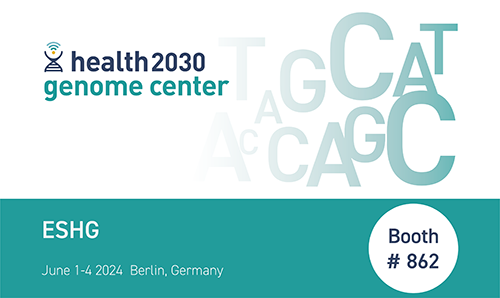introductory radio interview
LA SUISSE SE DOTE DE SON PREMIER CENTRE DE GÉNOMIQUE
Jacques Fellay | CHUV | EPFL
CQFD 11.05.2017
frequently asked questions
Ressources
If you have any specific or general questions not answered by our FAQ, don't hesitate to contact us directly.
Sources: NIH – National Human Genome Research Institute, IASLC Thoracic Oncology (Second Edition), 2018, Neuromuscular Disorders of Infancy, Childhood, and Adolescence (Second Edition), 2015 and U.S. National Library of Medicine



